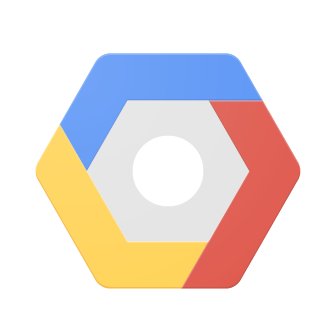The government has admitted that many of its attempts to modernise are being held back by legacy IT systems, as it set outs a vision for the digital transformation of public services.
In a speech delivered virtually to TechUK’s Building the Smarter State conference, the Cabinet Office’s new parliamentary secretary Julia Lopez - with responsibility for the Government Digital Service - said that many of the current attempts to make smarter use of data and improve online access would require wholesale change to current structures and systems.
“That clearly includes moving beyond legacy IT and getting government departments and agencies into the cloud,” she explained.
As a result, the government has designed a new procurement strategy to explore how the UK’s smaller, bespoke tech firms could form part of the Government Digital Strategy.
Lopez said the shift to digital services and remote working during COVID-19 had demonstrated the “critical” need to improve the government’s digital systems to deliver public services, and use data more intelligently to tailor them.
“The pandemic has put a spotlight on the power and potential of digital and data to inform, empower and serve our citizens,” she said, adding: “It’s also put the government’s digital infrastructure to the test like never before, some things have worked really well; some things haven’t."
Among the examples of successful responses to the “unprecedented explosion in the demand for digital and online services”, Lopez cited the Vulnerable Persons Service, which was built in four days, as well as the smooth launch of HM Revenue & Customs' furlough scheme payments.
However, she said that the public had now come to expect the same kind of seamless service and ‘digital by default’ approach from the government’s online systems, as they receive from commercial providers such as supermarkets or banks.
Lopez highlighted a series of pressing challenges for government digital transformation, including the fact that systems are still far too fragmented, making it difficult to work in a joined-up way across government and deliver seamless services.
"I think we all know this has been a systemic issue across government for years," she said, pledging to put in place the leadership, organisational and system changes to enable reform, such as the forthcoming appointment of a Government Chief Digital Officer, which will be one of the “largest IT roles in the world".
She concluded that the pandemic had not only continued to shift the public’s attitude about online services, "it has blown away barriers that have held us back in the past and created the will among departments and the most senior leaders to sort this area of government out".
Latest News
-
BigTech failing to protect millions from new ‘convincing AI scams’, warns Which?
-
Ben's Soft Pretzels boosts automation across 185 locations with new restaurant platform
-
Nvidia to send 260,000 AI chips to South Korea
-
Cyber criminals increasing monitoring of UK businesses, warns BT
-
Virgin Media O2 to launch satellite-backed mobile coverage with Starlink in 2026
-
Vodafone agrees to buy German cloud specialist Skaylink for €175m
The future-ready CFO: Driving strategic growth and innovation
This National Technology News webinar sponsored by Sage will explore how CFOs can leverage their unique blend of financial acumen, technological savvy, and strategic mindset to foster cross-functional collaboration and shape overall company direction. Attendees will gain insights into breaking down operational silos, aligning goals across departments like IT, operations, HR, and marketing, and utilising technology to enable real-time data sharing and visibility.
The corporate roadmap to payment excellence: Keeping pace with emerging trends to maximise growth opportunities
In today's rapidly evolving finance and accounting landscape, one of the biggest challenges organisations face is attracting and retaining top talent. As automation and AI revolutionise the profession, finance teams require new skillsets centred on analysis, collaboration, and strategic thinking to drive sustainable competitive advantage.
© 2019 Perspective Publishing Privacy & Cookies











Recent Stories